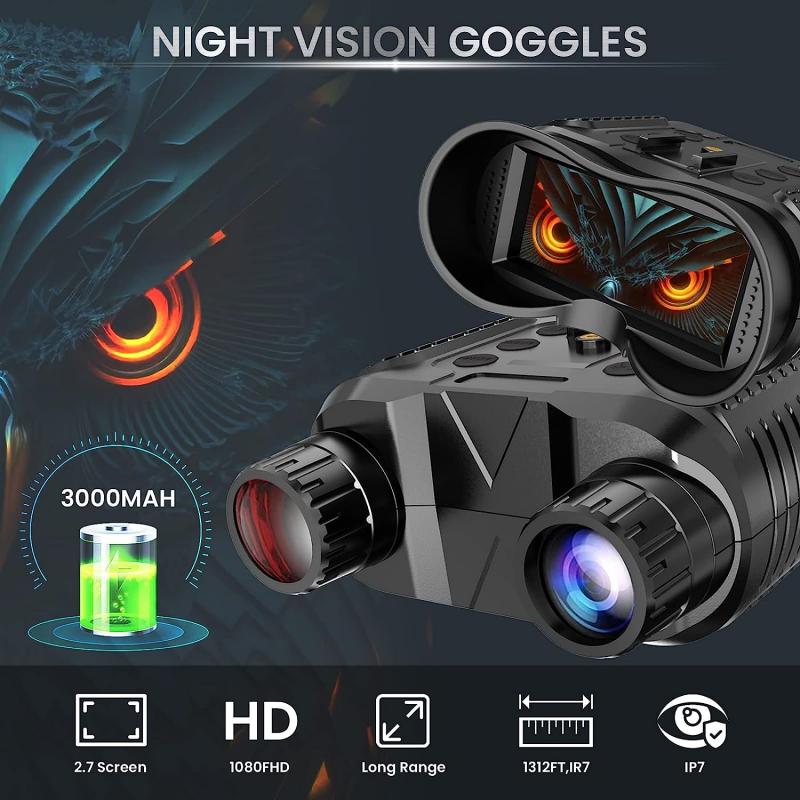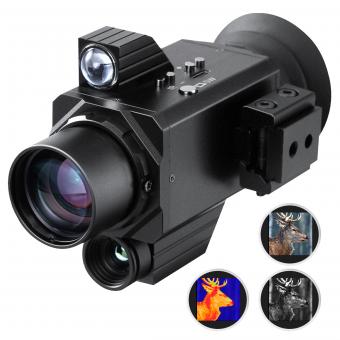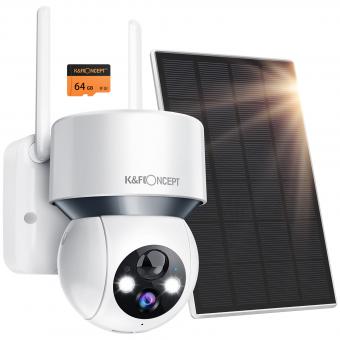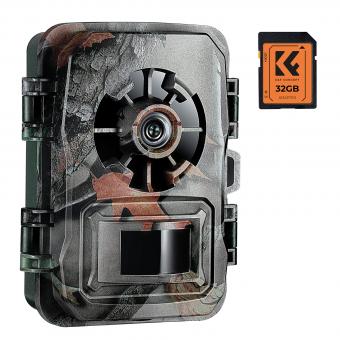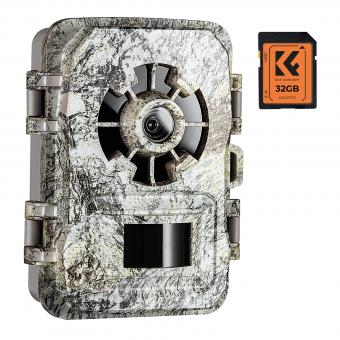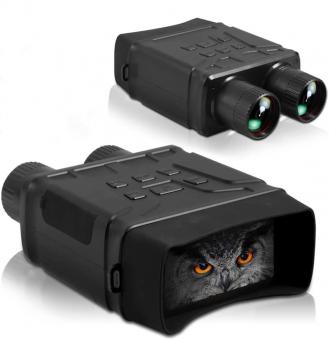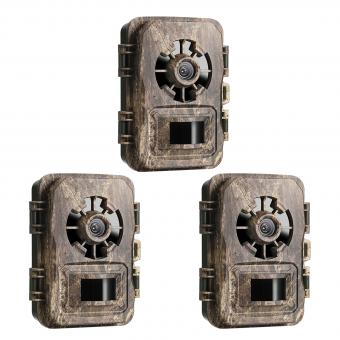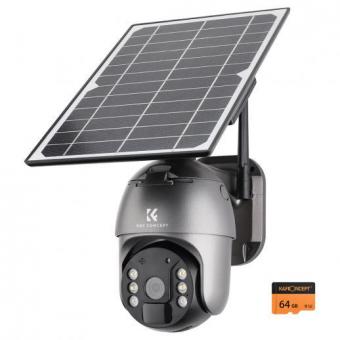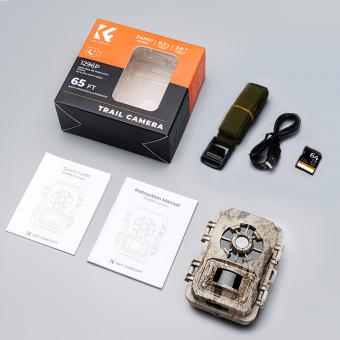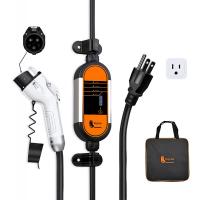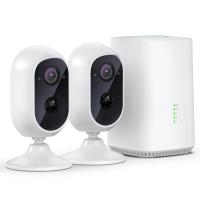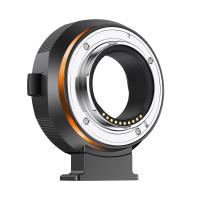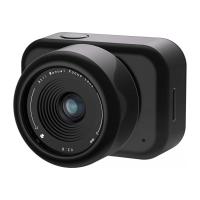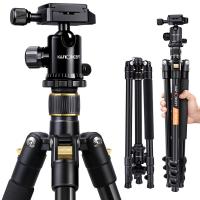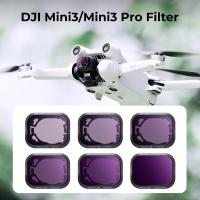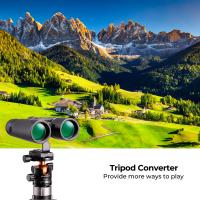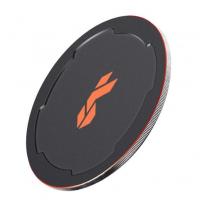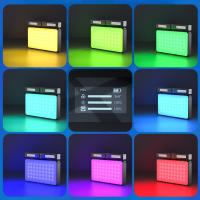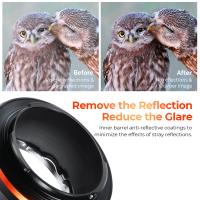What Is Better Night Vision Or Thermal ?
Night vision and thermal imaging are two different technologies used for detecting objects in low-light conditions. Night vision amplifies the available light to produce a visible image, while thermal imaging detects the heat emitted by objects to produce an image.
Both technologies have their advantages and disadvantages. Night vision is better suited for detecting objects that emit visible light, such as stars, streetlights, and headlights. It is also more effective in detecting camouflage that relies on visible light. Thermal imaging, on the other hand, is better suited for detecting objects that emit heat, such as animals, humans, and machinery. It is also more effective in detecting camouflage that relies on heat, such as hiding behind a wall.
In summary, the choice between night vision and thermal imaging depends on the specific application and the objects being detected. Both technologies have their strengths and weaknesses, and the best choice will depend on the specific needs of the user.
1、 Night vision technology
What is better night vision or thermal? While both night vision and thermal imaging technologies have their own unique advantages, night vision technology is generally considered to be better for most applications. Night vision technology works by amplifying available light, allowing the user to see in low-light conditions. This makes it ideal for use in situations where there is some ambient light, such as in urban environments or under a full moon.
Thermal imaging, on the other hand, works by detecting the heat emitted by objects and converting it into an image. This makes it ideal for use in complete darkness or in situations where there is no ambient light, such as in rural or wilderness environments. However, thermal imaging can be less effective in situations where there are obstacles or where the temperature of the object being viewed is similar to that of its surroundings.
Recent advancements in night vision technology have made it even more effective, with the latest systems offering high-resolution images and the ability to see through smoke and fog. Additionally, night vision technology is often more affordable than thermal imaging, making it more accessible to a wider range of users.
In conclusion, while both night vision and thermal imaging technologies have their own unique advantages, night vision technology is generally considered to be better for most applications due to its ability to amplify available light and its affordability. However, the choice between the two technologies ultimately depends on the specific needs of the user and the environment in which they will be operating.
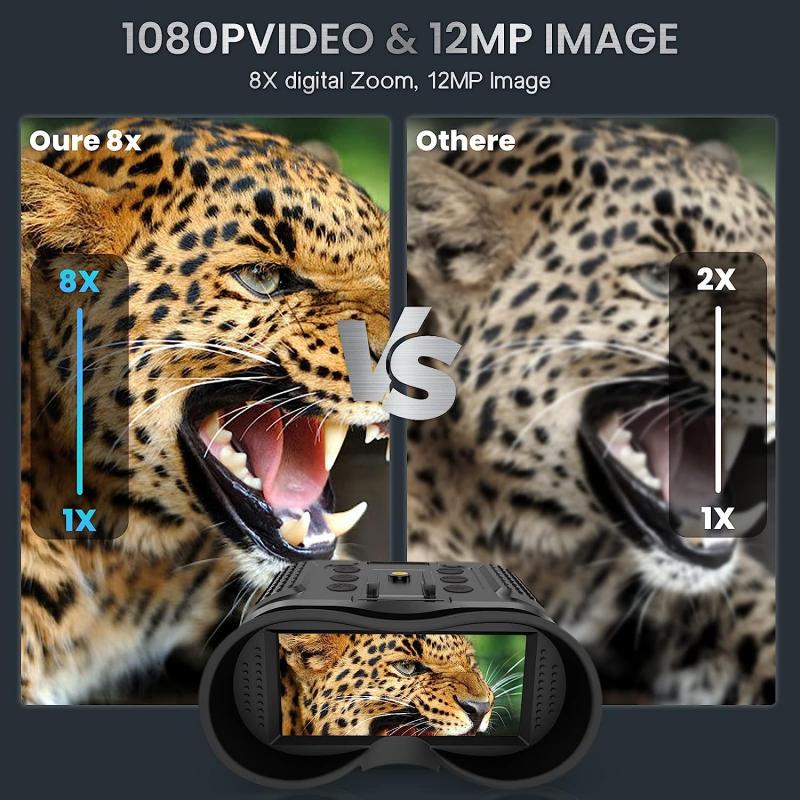
2、 Thermal imaging technology
Thermal imaging technology is better than night vision for several reasons. Firstly, thermal imaging technology can detect heat signatures, which means it can detect living beings and objects even in complete darkness. Night vision, on the other hand, relies on ambient light and amplifies it to provide a clearer image, which can be limited in certain situations.
Secondly, thermal imaging technology can detect temperature differences, which can be useful in identifying potential hazards such as overheating machinery or electrical fires. Night vision cannot provide this level of detail.
Thirdly, thermal imaging technology can be used in a wider range of environments, including through smoke, fog, and other visual obstructions. Night vision can be hindered by these conditions, making it less effective.
Lastly, thermal imaging technology has become more affordable and accessible in recent years, making it a viable option for a wider range of applications. This has led to its increased use in fields such as law enforcement, search and rescue, and even home security.
In conclusion, while night vision technology has its uses, thermal imaging technology is generally considered to be the better option due to its ability to detect heat signatures, temperature differences, and its versatility in various environments.
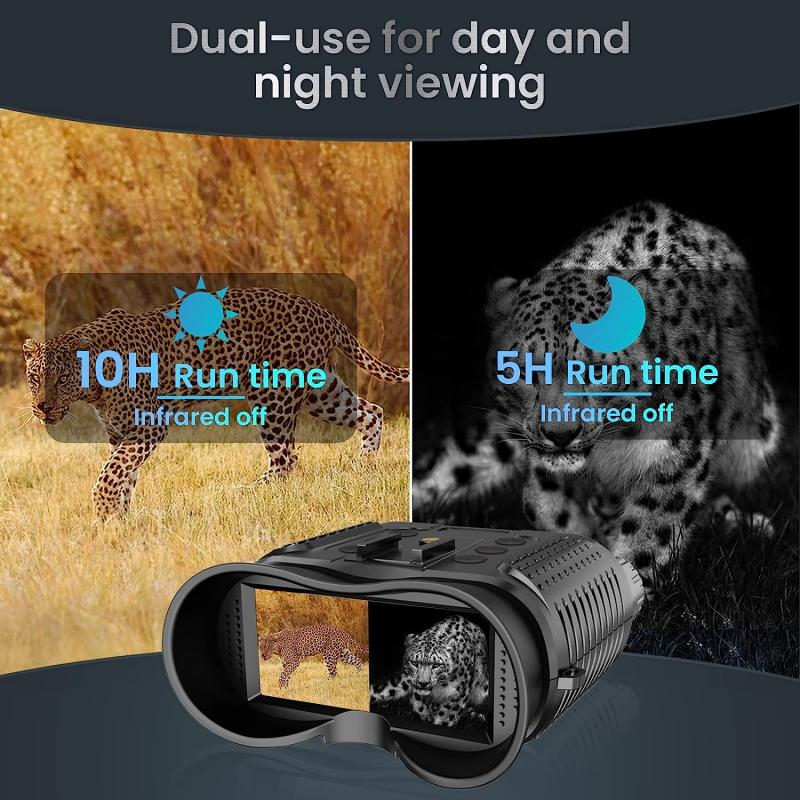
3、 Comparison of night vision and thermal imaging
Comparison of night vision and thermal imaging:
Night vision and thermal imaging are two different technologies used for detecting objects in low-light conditions. Night vision works by amplifying available light, while thermal imaging detects the heat emitted by objects. Both technologies have their advantages and disadvantages, and the choice between them depends on the specific application.
Night vision is better suited for detecting objects that emit visible light, such as stars, streetlights, and headlights. It is also useful for detecting camouflage and other visual cues that are difficult to see with the naked eye. However, night vision is less effective in detecting objects that do not emit visible light, such as animals and people wearing dark clothing.
Thermal imaging, on the other hand, is better suited for detecting objects that emit heat, such as animals and people. It is also useful for detecting objects in complete darkness, as it does not rely on visible light. However, thermal imaging is less effective in detecting objects that do not emit heat, such as rocks and trees.
In recent years, there has been a trend towards combining night vision and thermal imaging technologies into a single device. This allows users to take advantage of the strengths of both technologies, and provides a more complete picture of the environment. For example, some military and law enforcement agencies use night vision goggles with thermal imaging capabilities to detect and track targets in low-light conditions.
In conclusion, the choice between night vision and thermal imaging depends on the specific application and the objects being detected. Both technologies have their advantages and disadvantages, and the latest trend is towards combining them into a single device for maximum effectiveness.
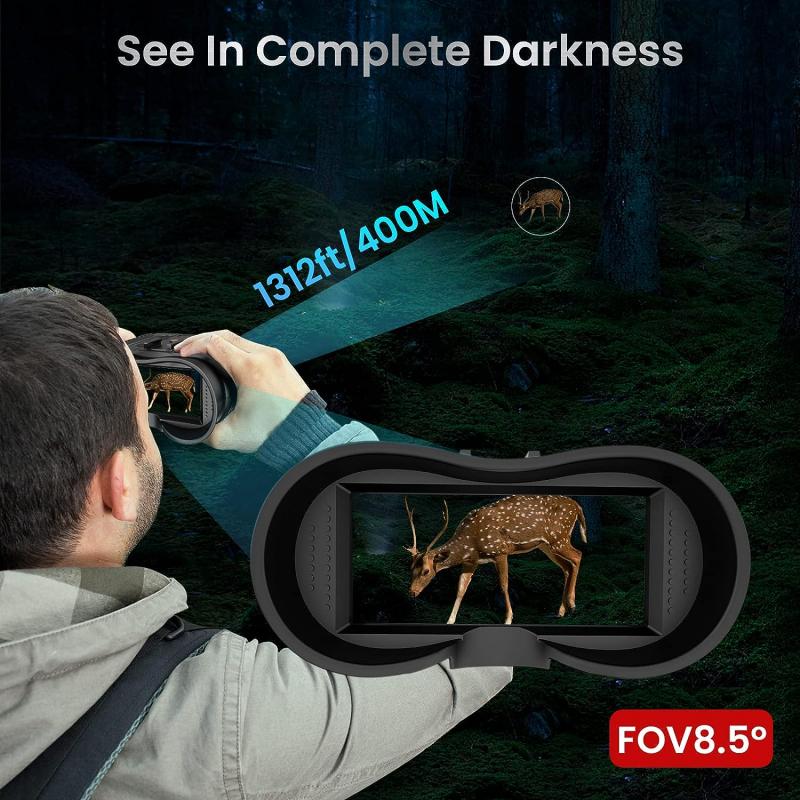
4、 Applications of night vision technology
What is better night vision or thermal? It depends on the specific application and the user's needs. Night vision technology uses image intensification to amplify available light and produce a visible image, while thermal imaging detects heat signatures and produces an image based on temperature differences.
In some situations, such as military operations or law enforcement surveillance, night vision may be preferred because it allows for greater detail and recognition of shapes and features. However, in other scenarios, such as search and rescue missions or wildlife observation, thermal imaging may be more effective because it can detect heat signatures even in complete darkness or through obstacles such as foliage.
Recent advancements in both technologies have led to improved performance and capabilities. For example, some night vision devices now incorporate infrared illumination to enhance visibility in complete darkness, while some thermal imaging cameras can now produce high-resolution images and even detect subtle temperature differences.
Ultimately, the choice between night vision and thermal imaging will depend on the specific needs and requirements of the user. It is important to consider factors such as the environment, lighting conditions, and the desired level of detail and accuracy when selecting a technology.
